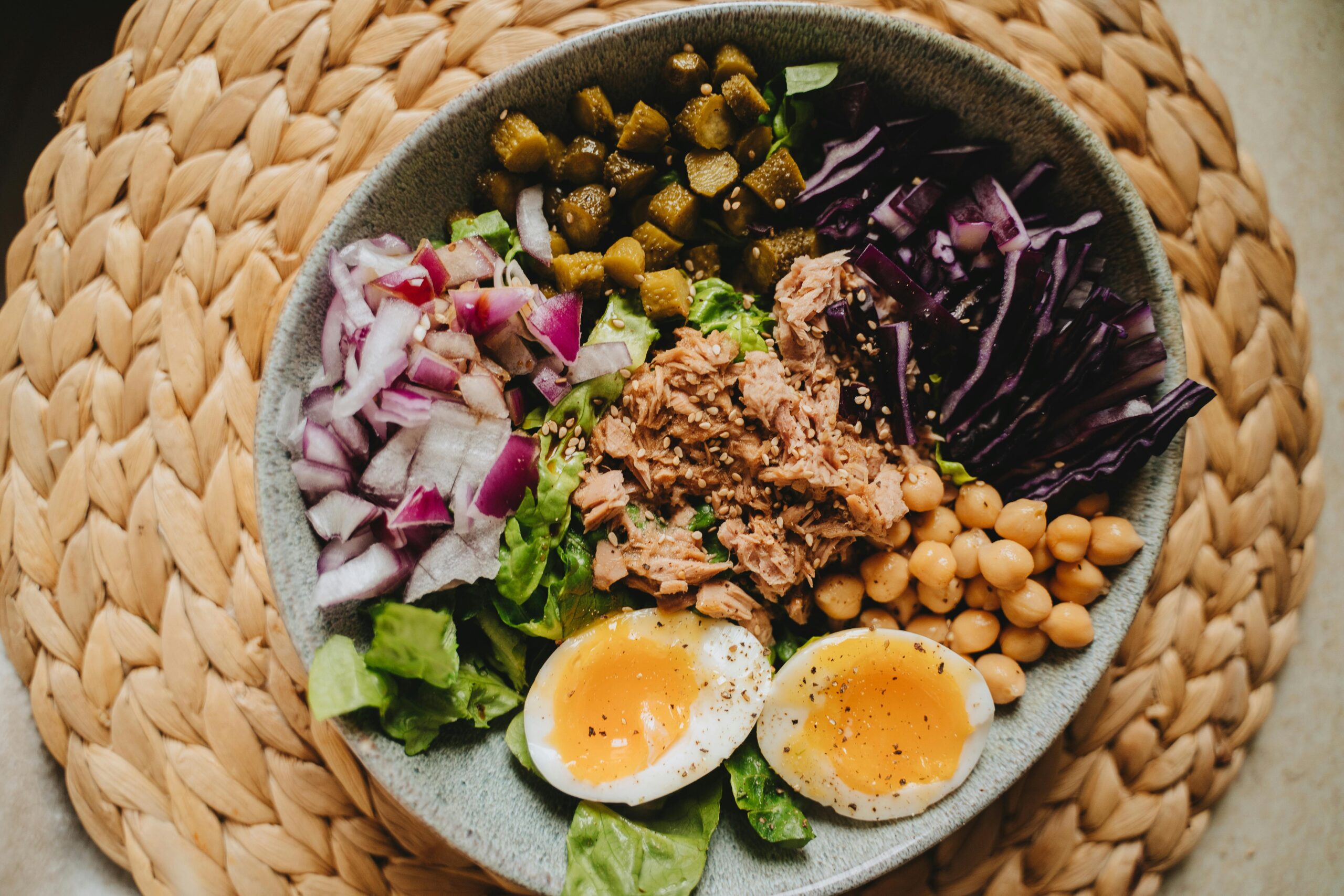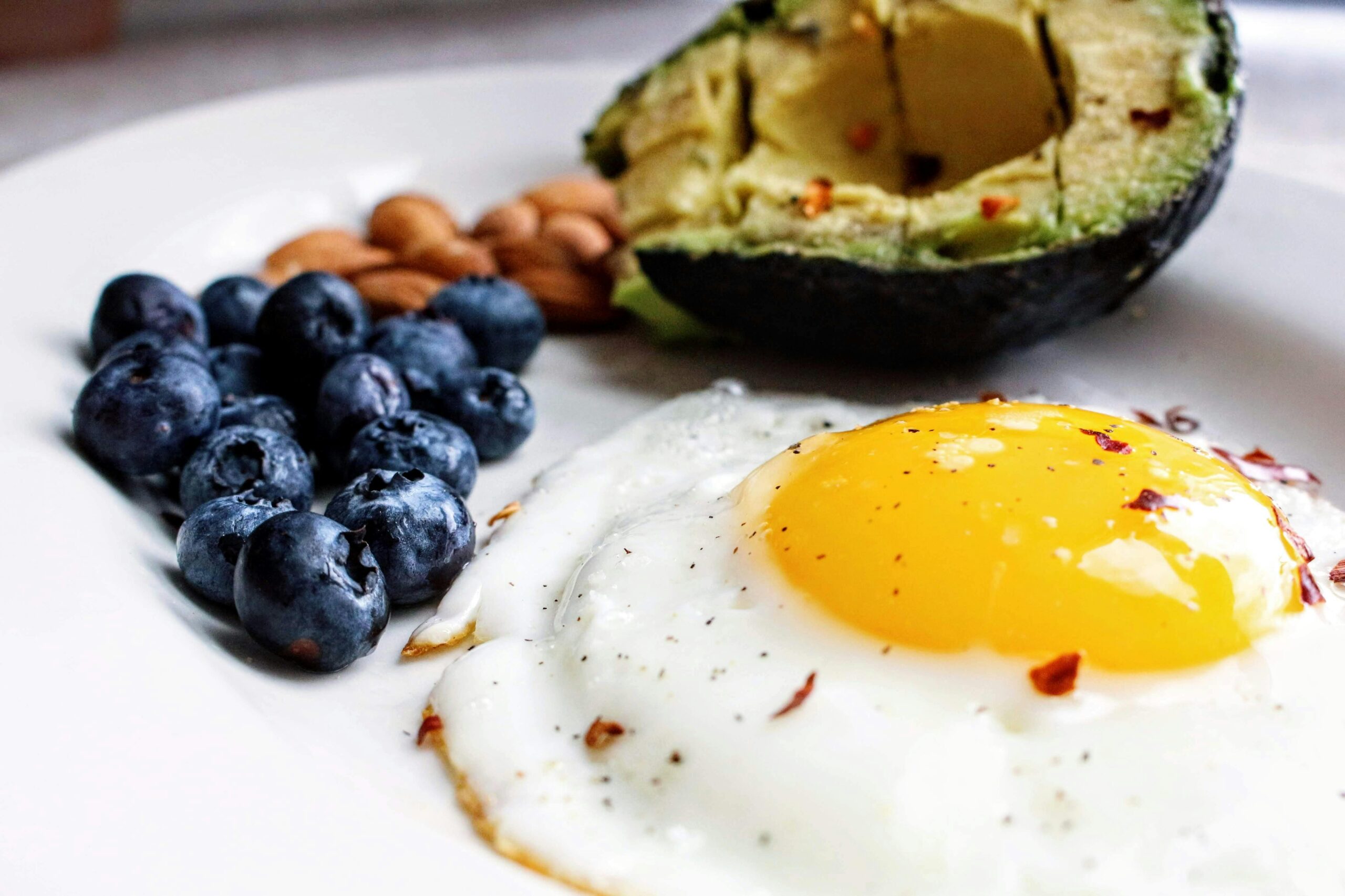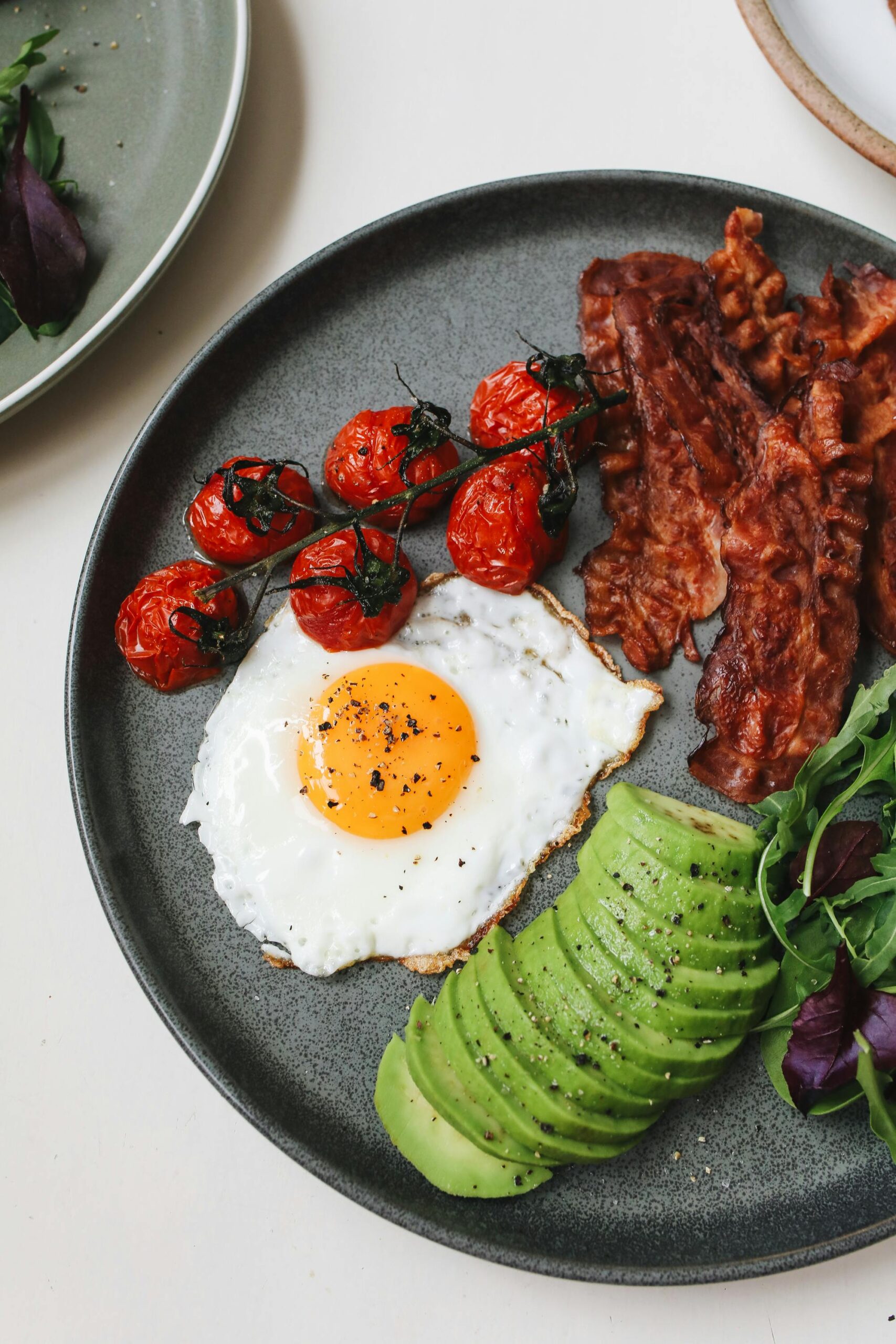The Paleo diet, often referred to as the “caveman diet,” encourages eating foods that would have been available to our Paleolithic ancestors. It focuses on whole, unprocessed foods such as lean meats, fish, vegetables, fruits, nuts, and seeds, while avoiding grains, legumes, dairy, and processed foods. One of the key principles to achieving success on the Paleo diet is understanding the balance of macros for Paleo diet—specifically, the distribution of macronutrients (proteins, fats, and carbohydrates) that align with the diet’s natural, ancestral approach to eating. By keeping the right proportions of these macronutrients in mind, you can optimize your nutrition and feel your best while following the Paleo lifestyle.

Table of Contents
The Role of Macros in the Paleo Diet
To understand macros for Paleo diet, it’s crucial to first grasp what macronutrients are and why they matter. Macronutrients are the three main categories of nutrients that provide energy to the body: protein, fats, and carbohydrates. The right balance of these nutrients helps support everything from muscle growth and repair to energy levels, hormonal balance, and brain function. The Paleo diet doesn’t follow the typical macronutrient distribution you might find in modern diets, and instead emphasizes a higher intake of protein and fats, with a moderate to low amount of carbohydrates.

Protein: The Foundation of Paleo
In the Paleo diet, protein plays a pivotal role in supporting muscle mass, satiety, and overall metabolic function. Proteins are essential for repairing tissues, creating enzymes, and supporting immune function. For the Paleo diet, the source of protein is critical—lean meats such as grass-fed beef, free-range poultry, wild-caught fish, and eggs are encouraged. Protein intake can vary depending on factors such as activity level, age, and overall health goals, but most Paleo enthusiasts aim to consume between 20-35% of their daily calories from protein. This helps ensure that the body has enough building blocks to maintain muscle tissue and provide sustained energy.
For example, a 150-pound individual may need anywhere from 75-130 grams of protein daily, depending on their specific activity levels and metabolic needs. This equates to roughly 1 gram of protein per pound of body weight for active individuals or a moderate amount for those looking to maintain overall health without intense physical exertion.
Fats: The Key to Sustained Energy
Fats are often misunderstood in many modern diets, but for the Paleo diet, they are a vital component of the eating plan. Unlike traditional low-fat diets, the Paleo diet encourages healthy fat consumption from sources such as avocados, coconut oil, grass-fed butter, olive oil, and fatty cuts of meat. Fats are an excellent source of long-lasting energy, and they also play a crucial role in supporting cellular function, brain health, and hormone regulation.
In terms of macros for Paleo diet, fats typically make up around 40-60% of daily caloric intake. This high fat consumption is designed to replace the energy typically derived from carbohydrates in a standard diet. The Paleo diet also advocates for the intake of omega-3 fatty acids, which are found in fatty fish like salmon, mackerel, and sardines. These fats are beneficial for reducing inflammation, improving heart health, and supporting cognitive function.
Carbohydrates: Focus on Low-Glycemic, Nutrient-Dense Sources
Unlike some other diets, the Paleo diet doesn’t completely eliminate carbohydrates; rather, it emphasizes quality over quantity. The goal is to consume carbohydrates from nutrient-dense sources like vegetables, fruits, and root vegetables (such as sweet potatoes), while avoiding high-glycemic, processed grains and sugars. Macronutrients for Paleo diet typically allocate around 20-35% of daily calories to carbohydrates, depending on individual needs and activity levels.
Carbohydrates from whole foods are slower to digest, providing a steady release of energy and preventing the blood sugar spikes associated with refined grains and sugars. Non-starchy vegetables like leafy greens, zucchini, and cauliflower are staples of the Paleo diet, as they are rich in fiber, vitamins, and minerals, yet low in calories and carbs. For those who engage in intense physical activity, adding slightly higher-carb foods like sweet potatoes or berries can help replenish glycogen stores and support recovery.
Customizing Your Macros for Paleo Diet
The right balance of macros for Paleo diet will depend on individual goals, such as weight loss, muscle gain, or overall health. For example, someone aiming to lose weight might focus on a higher proportion of fats and moderate protein intake while keeping carbohydrates low, whereas someone looking to build muscle may increase their protein intake slightly to support muscle repair and growth. Ultimately, the Paleo diet’s flexible approach allows individuals to adjust their macronutrient ratios according to their unique health goals and activity levels.
Conclusion
Balancing macros for Paleo diet is an essential part of successfully following this nutritional plan. By focusing on protein, healthy fats, and low-glycemic carbohydrates, you can create a diet that not only aligns with the principles of the Paleo lifestyle but also supports your body’s natural needs. Whether you’re looking to lose weight, build muscle, or improve overall health, understanding and adjusting your macronutrient ratios will help you achieve sustainable, long-term success on the Paleo diet.

